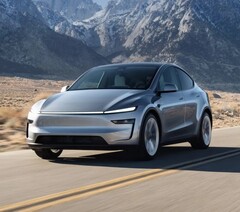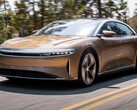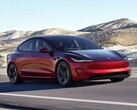A teenager in Ontario, Canada, recently failed her Class G driving test despite achieving a perfect score. The examiner explained that the car she used, her family’s Tesla Model Y Long Range, was “too high tech” for the test.
Although the student completed the exam with zero mistakes, the examiner refused to pass her. Some of the reasons he cited were the car’s regenerative braking system, which automatically slows the vehicle when the driver lifts off the accelerator. There was also a green-light chime that the Tesla car makes, which alerts the driver when a traffic light turns green.
According to the examiner, the student wasn’t pressing the brake pedal enough, despite showing she was in full control of the vehicle.
The decision raised questions because Tesla cars, and electric vehicles in general, are not disqualified for driving tests in Canada. Official guidelines only require that test cars meet basic safety standards, such as functioning brake lights, no defects, and being able to turn off recording devices. There are no rules banning regenerative braking or EV-specific features.
Regenerative braking, now common in electric cars, helps recharge the battery and reduces wear on the brakes. This means drivers often rely less on the brake pedal compared to those in gas-powered cars. To examiners accustomed to visible brake use, this can appear unusual, even though it is normal for electric mobility.
This isn’t the first time such an issue has come up. A Californian 16-year-old failed their test because the examiner thought the Tesla was “slowing on its own”. However, the state’s Department of Motor Vehicles (DMV) clarified that regenerative braking alone should not be grounds for failure, and the student was allowed to pass.
In another incident, a teen in Arizona failed when the examiner wrongly suspected Tesla’s Full Self-Driving (FSD) feature was being used. However, the car didn’t even have FSD installed. Officials later admitted regenerative braking was the real reason and pledged to review EV testing standards.
These incidents show a growing gap between driving test requirements and modern EV technology. Examiners may not yet be fully prepared to grade drivers in vehicles equipped with features such as regenerative braking and driver-assist alerts.
















